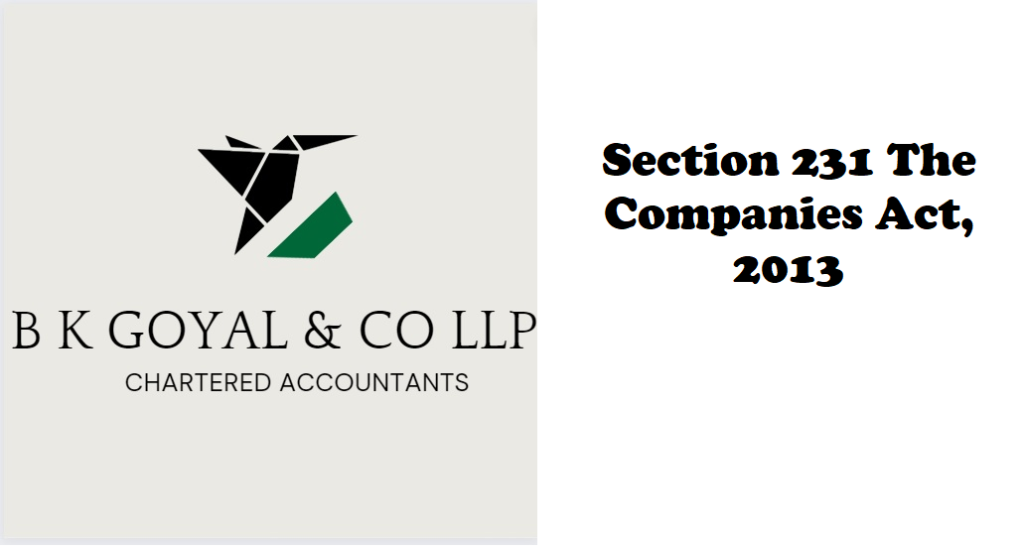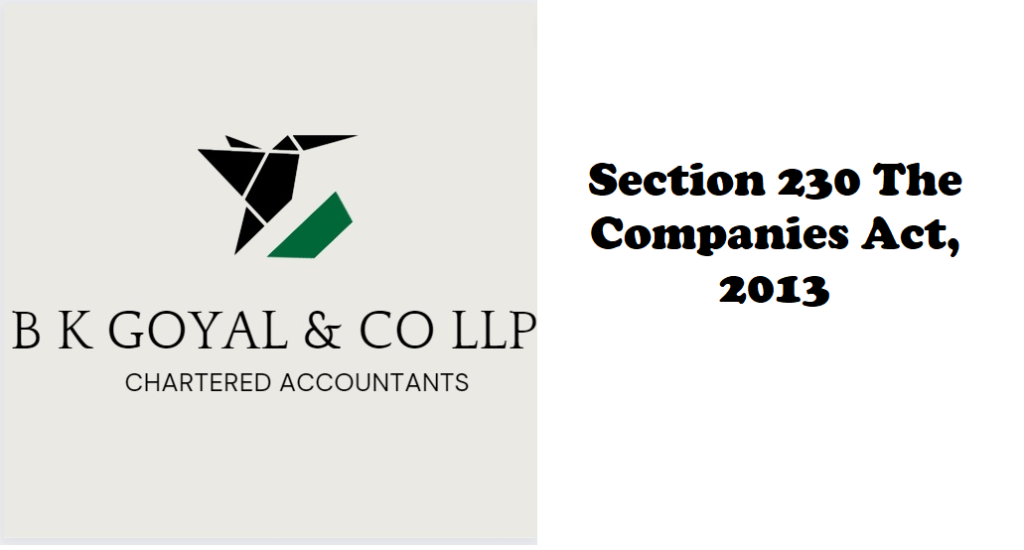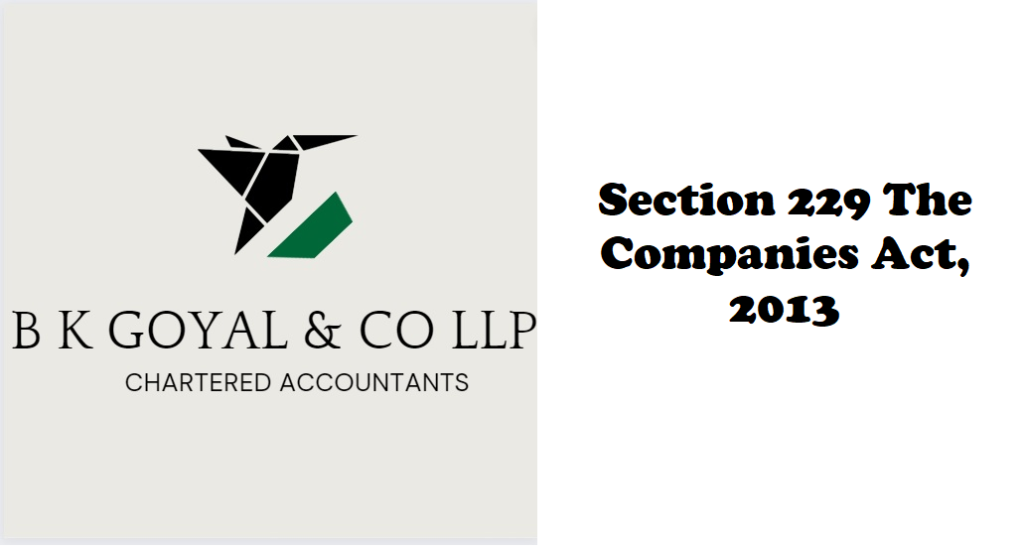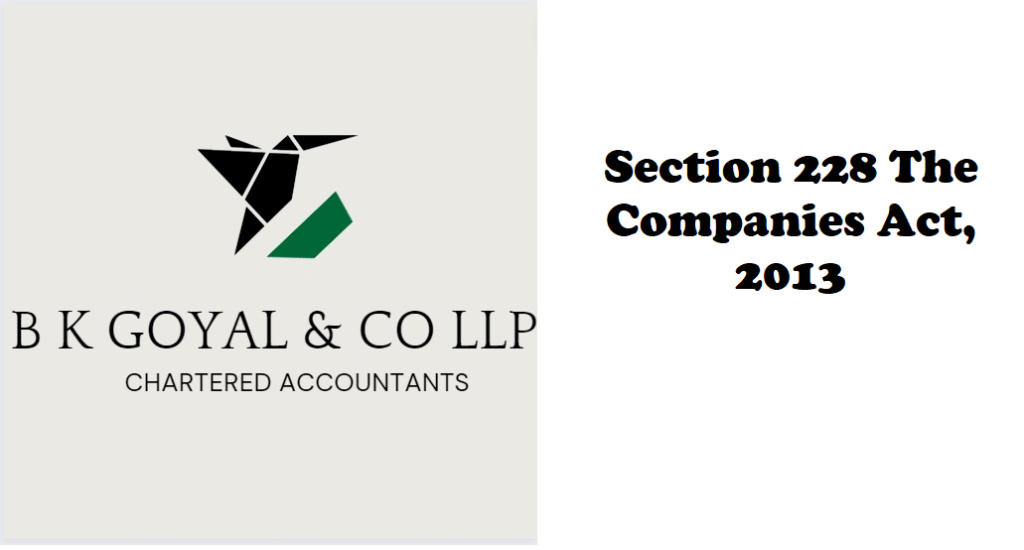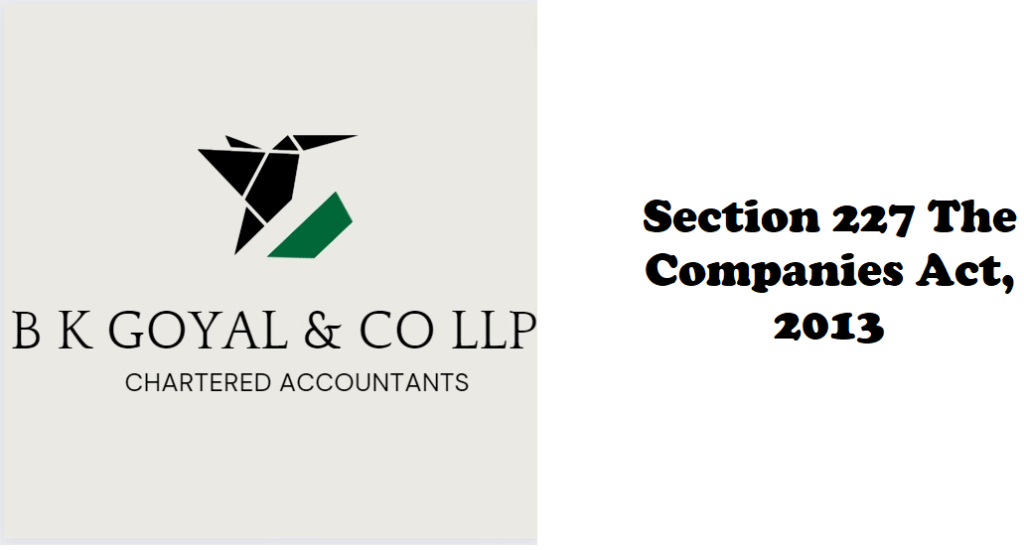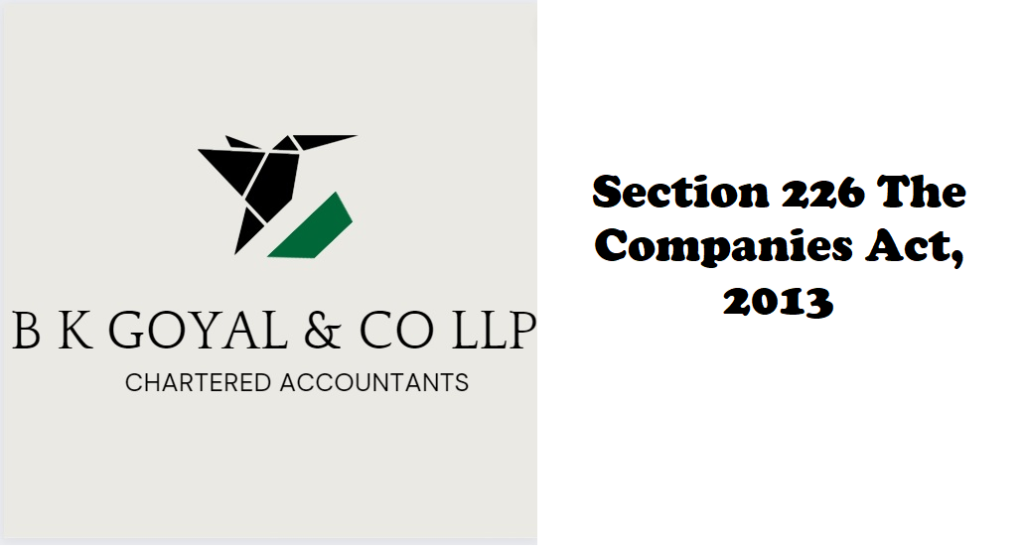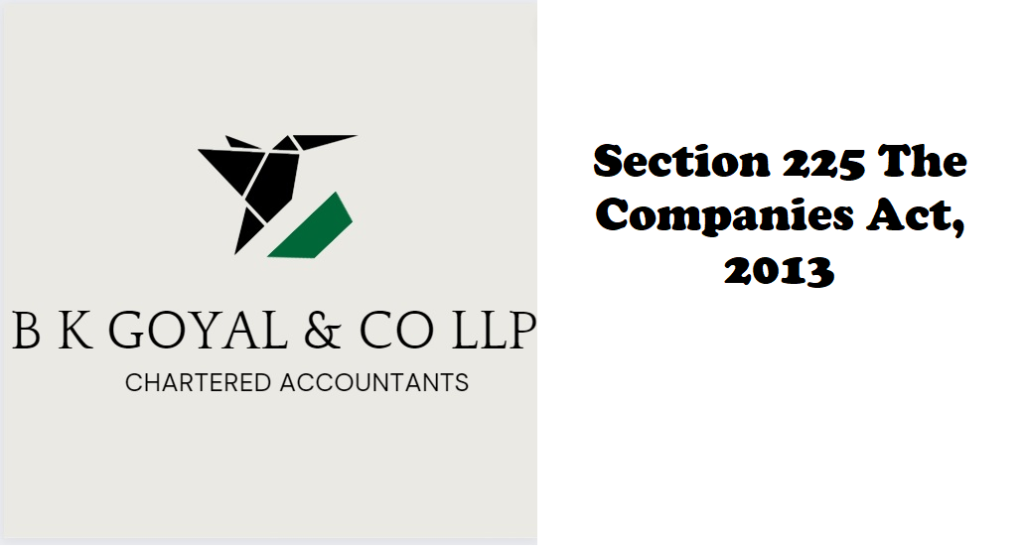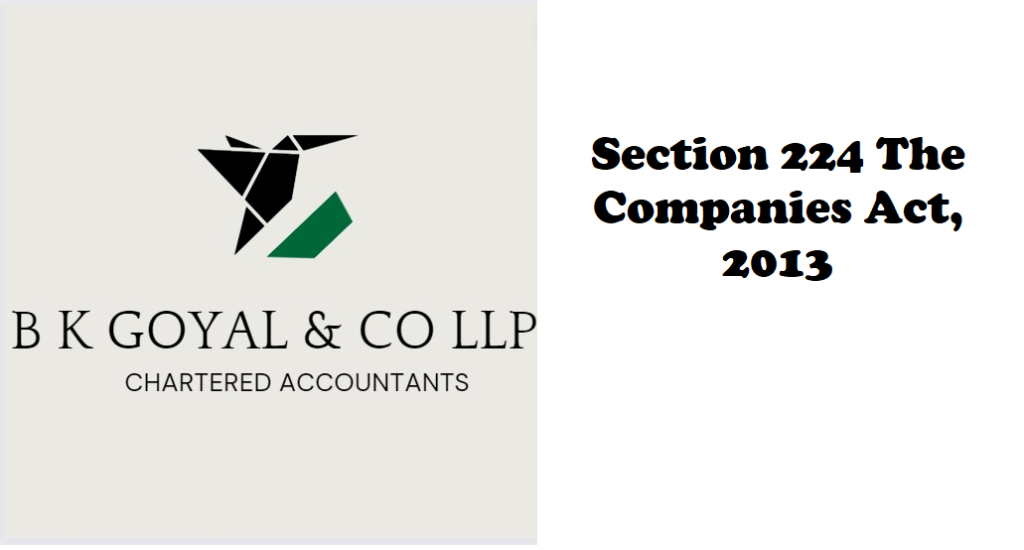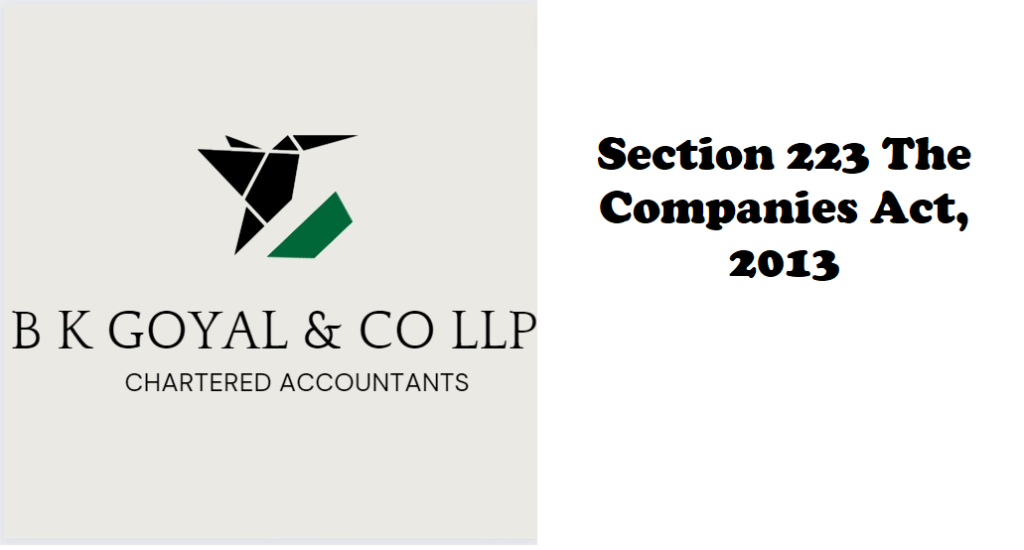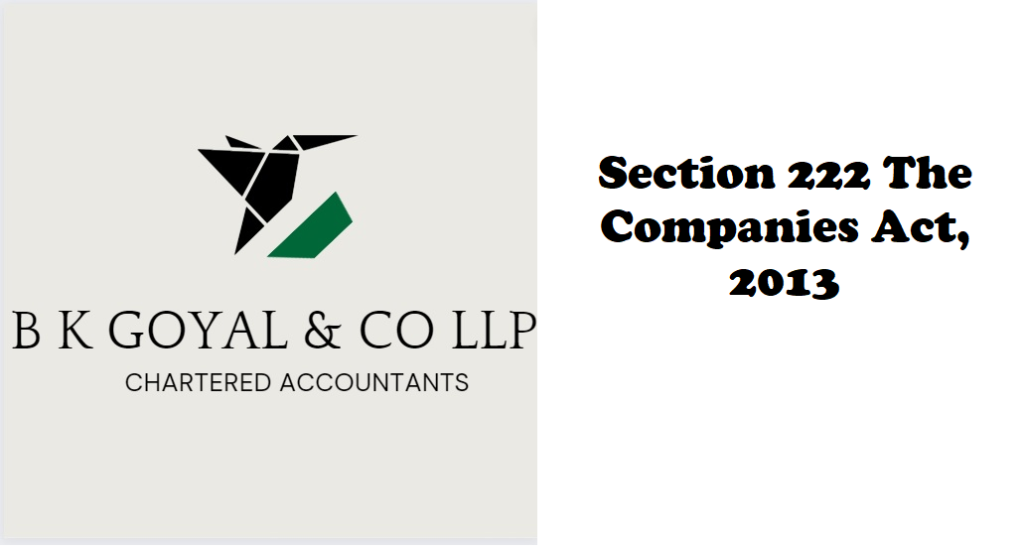Power to Compromise or Make Arrangements with Creditors and members Section 230 of the Companies Act, 2013, gives companies the power to negotiate and make agreements with their creditors or members under certain circumstances. Here’s a simplified explanation: (1) When a company needs to make a deal with its creditors or members, the Tribunal can order a meeting. This could involve restructuring the company’s shares or making other arrangements. Explanation: Arrangement here means making changes in how the company’s shares are structured, like combining or dividing them. (2) Whoever applies for this arrangement must provide all the necessary information about the company, including its financial status, auditor’s report, and ongoing investigations. If there’s a plan to reduce share capital, it needs to be disclosed. If there’s a debt restructuring plan agreed upon by at least 75% of secured creditors, that information needs to be shared too. Examples: If a company owes money to different creditors, it can propose a plan to pay them back over time. Or, if the company’s shares are structured in a way that needs changing, like merging or dividing them, that can be part of the arrangement. (3) If a meeting is ordered, the company must notify all creditors and members about it. The notice must include details of the arrangement, a valuation report, and how it affects various stakeholders. This information should also be made public on the company’s website and, for listed companies, shared with regulatory bodies. Examples: If a company is planning to merge with another, the notice will explain how it benefits or affects creditors and members. This ensures everyone involved knows what’s happening. (4) Those notified can vote on the arrangement within a month. However, objections can only be raised by those holding at least 10% of shares or having outstanding debt of at least 5% of the total debt. Examples: If a majority of creditors and members agree to the arrangement, it could proceed. But if a significant portion disagrees, further discussions might be needed. (5) The company must also inform various authorities about the arrangement, and they have 30 days to raise any concerns. A certificate from the company’s auditor confirming that the accounting treatment in the arrangement follows the prescribed accounting standards is required. Examples: If a company’s arrangement impacts regulatory bodies or government authorities, they should be informed. The auditor’s certificate ensures that the financial aspects of the arrangement are sound. (6) If the arrangement is approved by the Tribunal, it becomes binding on the company, creditors, members, and, if applicable, the liquidator in case of winding up. The Tribunal’s order can cover various matters, including the protection of creditors’ rights and the conversion of preference shares into equity shares. Examples: If an arrangement involves converting certain shares into others, the shareholders should have the option to either get their dividends in cash or accept the new shares. (7) The Tribunal’s order must be filed with the Registrar within 30 days. The Tribunal can skip calling a meeting if 90% of creditors or a class of creditors agree to the arrangement. Examples: If almost all creditors are on board with the arrangement, the Tribunal may skip holding a meeting, making the process more efficient. (11) Takeover offers may be included in the arrangement, with specific rules for listed companies. Any grievances regarding takeover offers can be addressed by the Tribunal. Examples: If a larger company wants to take over a smaller one, the arrangement could include details of how this takeover will happen, especially for listed companies where there are specific regulations. In summary, Section 230 empowers companies to negotiate and make agreements with creditors and members, with a structured process to ensure transparency, stakeholder involvement, and legal compliance. Complete legal text of section 230 of companies act 2013 (1) Where a compromise or arrangement is proposed— (a) between a company and its creditors or any class of them; or (b) between a company and its members or any class of them, the Tribunal may, on the application of the company or of any creditor or member of the company, or in the case of a company which is being wound up, of the liquidator, 1[“appointed under this Act or under the Insolvency and Bankruptcy Code, 2016, as the case may be,”] order a meeting of the creditors or class of creditors, or of the members or class of members, as the case may be, to be called, held and conducted in such manner as the Tribunal directs. Explanation.—For the purposes of this sub-section, arrangement includes a reorganisation of the company’s share capital by the consolidation of shares of different classes or by the division of shares into shares of different classes, or by both of those methods. (2) The company or any other person, by whom an application is made under sub-section (1), shall disclose to the Tribunal by affidavit— (a) all material facts relating to the company, such as the latest financial position of the company, the latest auditor’s report on the accounts of the company and the pendency of any investigation or proceedings against the company; (b) reduction of share capital of the company, if any, included in the compromise or arrangement; (c) any scheme of corporate debt restructuring consented to by not less than seventy-five per cent. of the secured creditors in value, including— (i) a creditor’s responsibility statement in the prescribed form; (ii) safeguards for the protection of other secured and unsecured creditors; (iii) report by the auditor that the fund requirements of the company after the corporate debt restructuring as approved shall conform to the liquidity test based upon the estimates provided to them by the Board; (iv) where the company proposes to adopt the corporate debt restructuring guidelines specified by the Reserve Bank of India, a statement to that effect; and (v) a valuation report in respect of the shares and the property and all assets, tangible and intangible, movable and immovable, of the company by a registered valuer. (3) Where a meeting is proposed to be called in pursuance of an order of the Tribunal under sub-section (1), a notice of such meeting shall be sent to all the creditors or class of creditors and
